Coolest Observatories and Planetariums in the US
Looking for something different to do? This list of the coolest observatories and planetariums in the US are sure to spice up a weekend trip.
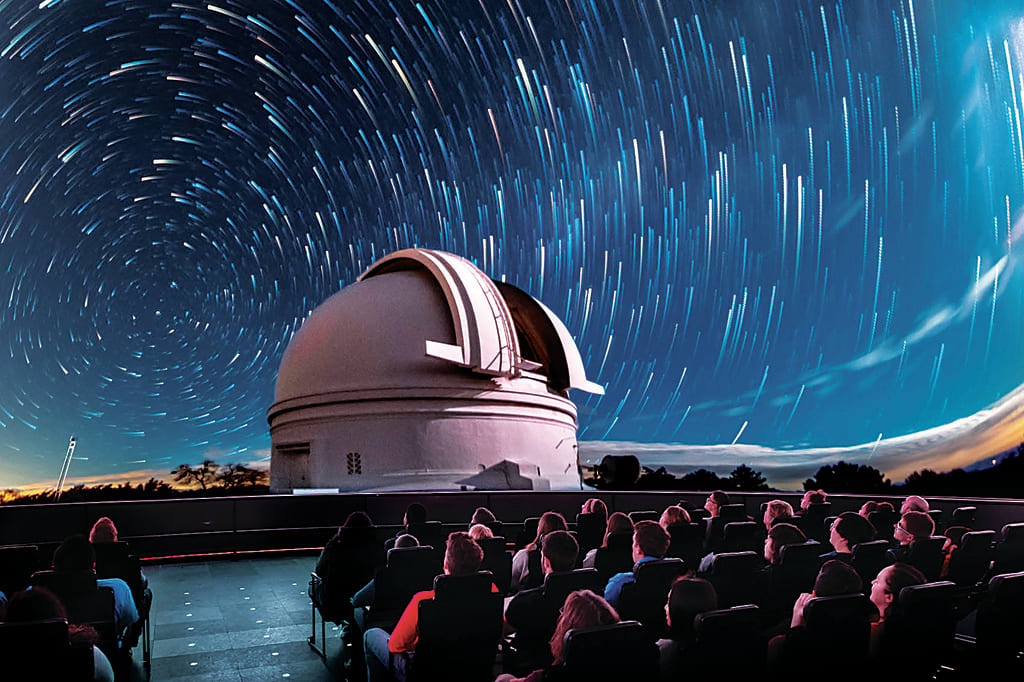
When is the last time you learned something about the universe? Observatories and planetariums are often overlooked compared to museums, aquariums, zoos, and galleries — and that's a shame!
The coolest observatories and planetariums in the US are calling your name. Grab a friend and try out something different this weekend.
Hayden Planetarium

The Hayden Planetarium is located in the Rose Center for Earth and Space, which is part of the American Museum of Natural History of NYC. The planetarium completed its full renovation in 2000, under the direction of Neil deGrasse Tyson.
This renovation even includes a 67-foot dome screen in which they play space shows that journey into science fiction. If you are in the Big Apple, this is a great stop to make to learn a lot.
Morrison Planetarium

Topping the Hayden Planetarium, the Morrison Planetarium has a 75-foot dome that is the largest digital planetarium in the US. Morrison has shows titled "Earthquake," "Dark Universe," and "Tour of the Universe." "Earthquake" shows the process in which the earth goes through after an earthquake hits. "Dark Universe" is written by Timothy Ferris, a best-selling author, and highlights the discoveries that have yet to be found and the questions we have about the universe. Finally, "Tour of the Universe" explores the vast scale of the universe.
The planetarium is located in the California Academy of Science in San Francisco, California. The museum is one of the largest natural history museums in the world!
Albert Einstein Planetarium
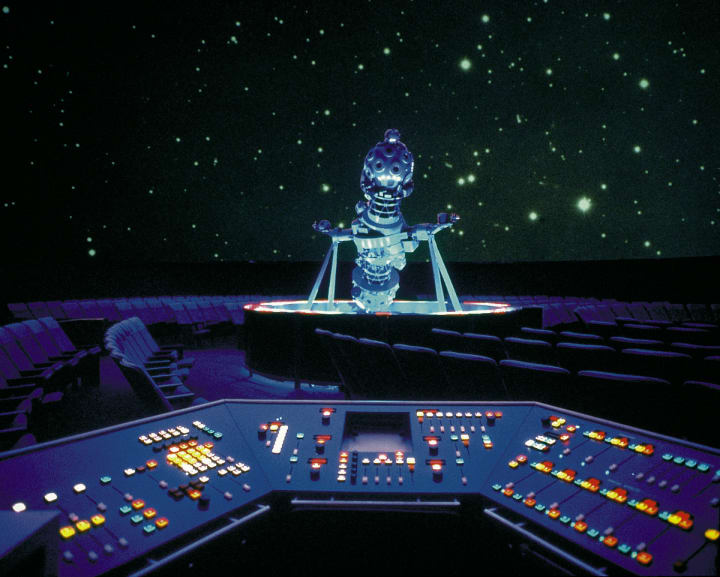
Located in the National Air and Space Museum of the Smithsonian Institution, the Albert Einstein Planetarium shows movies on its dome system that is one of the most advanced in the country.
They play six different shows, "One World, One Ski: Big Bird's Adventure," for the little ones, "To Space and Back," how exploring space effects our world, "Dark Universe," all about how much of the Universe is undiscovered, "Journey to the Stars," life and death of a star, "The Stars Tonight," new space explorations that are happening today, and "Hemisphere," the cosmic experience of Ulf Langheinrich.
Griffith Observatory

Open from 12 PM to 10 PM every day, admission to the Griffith Observatory of Los Angeles, California is completely free. The observatory looks over Downtown Los Angeles, Hollywood, Los Angeles Basin, and the Pacific Ocean.
It is a great tourist spot for those who want a different view of the Hollywood sign. Besides the view, there are also space and science displays that are definitely worth checking out. In 2006, the $93 million renovation was completed in time for the live coverage of Pheonix landing on Mars in May of 2008.
"Centered in the Universe" is one of their most popular high-resolution videos that is projected by a laser system. It takes place in the Samual Oschin Planetarium on site. Tickets for this can be purchased separately after admission to the observatory. Other shows include "Water Is Life," "Light of the Valkyries," and "Time's Up."
Burke Baker Planetarium

One of the coolest planetariums in the world, Burke Baker is located in the Houston Museum of Natural Science. The planetarium opened in 1964, and has a range of shows that simulate black holes, planets, solar systems, star clusters, comets, nebulous objects, and much more. They were the third in the world to gain multiple projector digital image capability; this allows them to show full-dome movies.
They even have eight different shows today! "Dark Side of the Moon," "We Are Stars," "Dark Universe," "Starry Night," "Solar Superstorms," "Edge of Darkness," "Black Holes," and "Tales of a Time Traveler" are all shows that you can see today; which sounds most appealing to you?
Yerkes Observatory

Yerkes Observatory calls the University of Chicago home. It was established all the way back in 1897, is operated by the university's Department of Astrophysics and Astronomy, and financed by George Ellery.
What makes this observatory so great? It houses a 40-inch diameter telescope, aka the largest astronomic telescope. Tours are open to the public every Saturday!
Morehead Planetarium and Science Center

One of the coolest observatories in the world is the Morehead Planetarium and Science Center. It is also one of the oldest and largest in the United States, as it was first opened in 1949.
In '49, the center was used to train astronaut programs such as Apollo and Gemini. How cool! After it was used for this, it was donated to the University of North Carolina at Chapel Hill. It is a full-dome planetarium with room to fit 240 people. Exhibits include Zoom In: Science at the Extremes and The Ancient Carolinians.
Mauna Kea Observatory
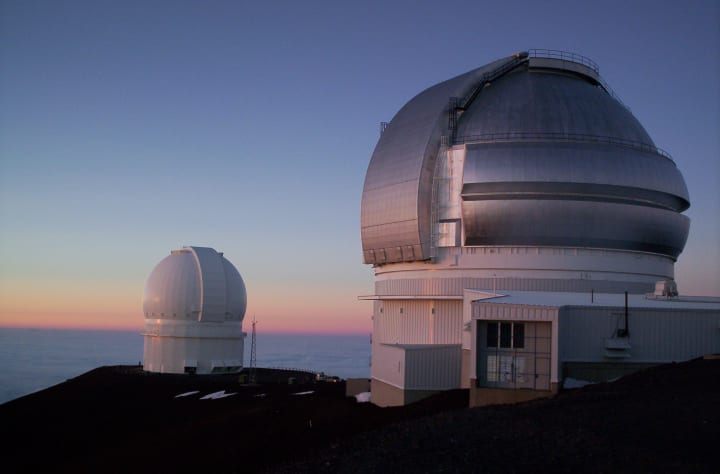
Just when you think you know all of the reasons you want to go to Hawaii, there is one more. The Mauna Kea is the best location for infrared astronomy in the North Hemisphere. It is one of the only places in the world where sea level to 14,000 feet is drivable in two hours. Just be sure to prepare if you suffer from altitude sickness, plus it is only recommended for four-wheel drive vehicles.
The observatory is home to multiple research facilities and large telescopic observatories. There are a total of 13 telescopes!
Gemma Observatory
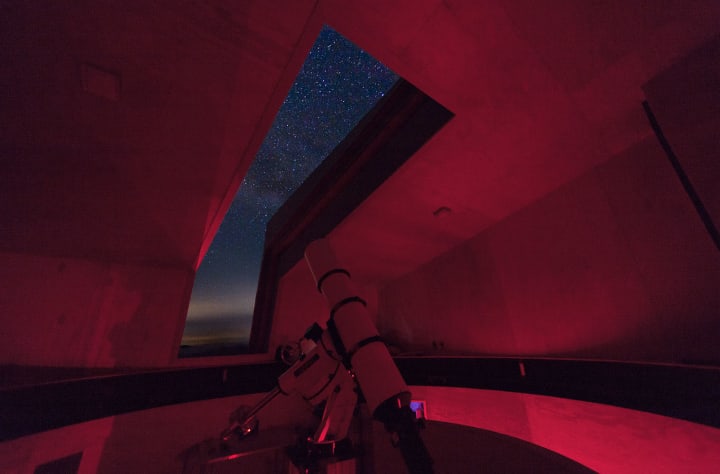
Though this observatory is not open to the public, it is still one of the coolest observatories in the US. And this is because it has strayed away from the typical dome shape, and instead has a geometric shape that is lined with fir plywood. It was designed by Anmahian Winton Architects, and is located in New Hampshire. It falls under the category of $1.5 million in cost and fits in great with the mountain geographic.
Adler Planetarium
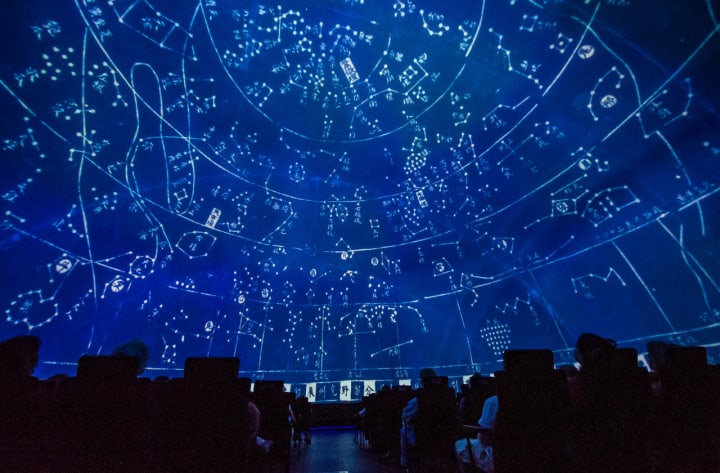
The first planetarium to ever open in the Western hemisphere, the Alder Planetarium in Chicago. It was first created in 1930 to teach astronomy education and is home to high tech theaters, an observatory, and science exhibits.
The best part is the view of the Chicago skyline and the location in Lake Michigan.
About the Creator
Kelsey Lange
Passionate about writing, animals, makeup, movies, friends, family, learning, exercising, and laughing!






Comments
There are no comments for this story
Be the first to respond and start the conversation.